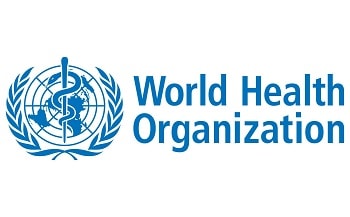
In a first, the World Health Organisation has formulated clinical guidelines on responding to children and adolescents who have been sexually abused.
The guidelines put forward recommendations for the frontline health care providers - general practitioners, gynaecologists, paediatricians, nurses and others - who may directly receive a victim of sexual abuse or may identify sexual abuse during the course of diagnosis and treatment.
While Indian doctors have welcomed the new guidelines, they feel that there is more than just guidelines required in the country.
In 2010, the IAP released similar guidelines on 'recommendations on recognition and response to child abuse and neglect in the Indian setting.
Like the IAP guidelines, the new WHO guidelines too focus on the recommendations and good practice suggestions in terms of disclosure made by the child, obtaining medical history, conducting physical examinations and forensic investigations, documenting findings, offering preventive treatment for HIV post exposure, pregnancy prevention, and other sexually transmitted diseases, psychological and mental health interventions among others.
The guidelines highlight that child sexual abuse has a short-term as well as long-term mental health impact like lifetime diagnosis of post-traumatic stress, anxiety, depression, externalising symptoms, eating disorders, problems with relationships, sleep disorders and suicidal and self-harm ideation and behaviours.
Health consequences of the abuse include the risk of pregnancy, gynaecological disorders such as chronic non-cyclical pelvic pain, menstrual irregularities, painful periods, infections and sexually transmitted infections, including HIV.
One of the most commonly seen mistakes in handling child sexual abuse cases is re-traumatising the child as well as his parents with questions. Such mistakes can be avoided if those dealing with such cases are well trained.